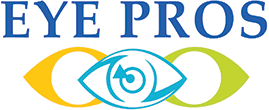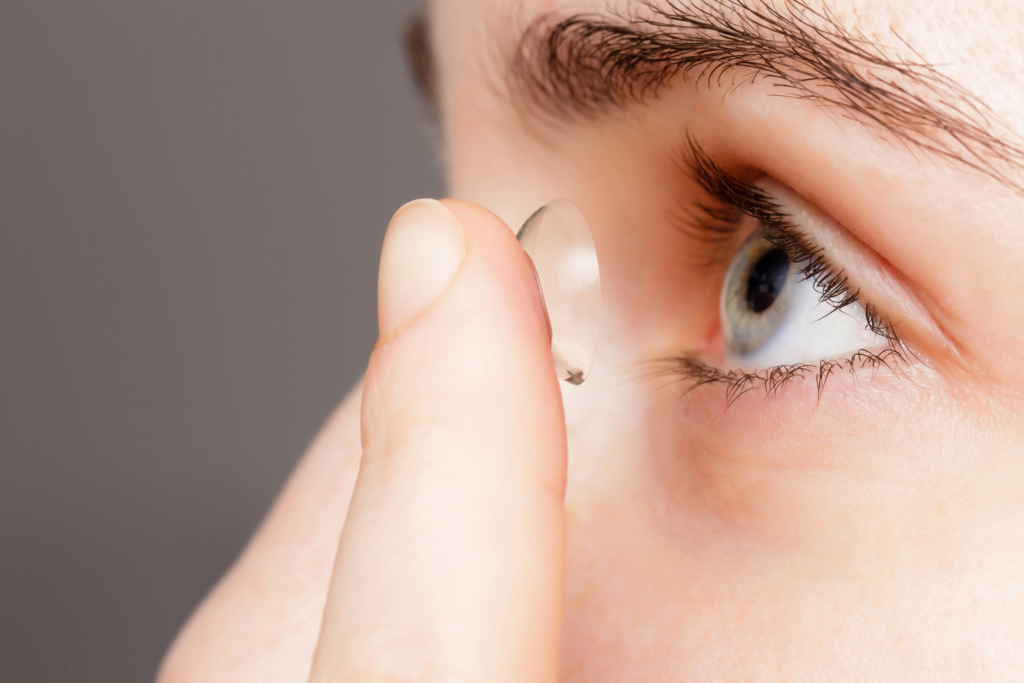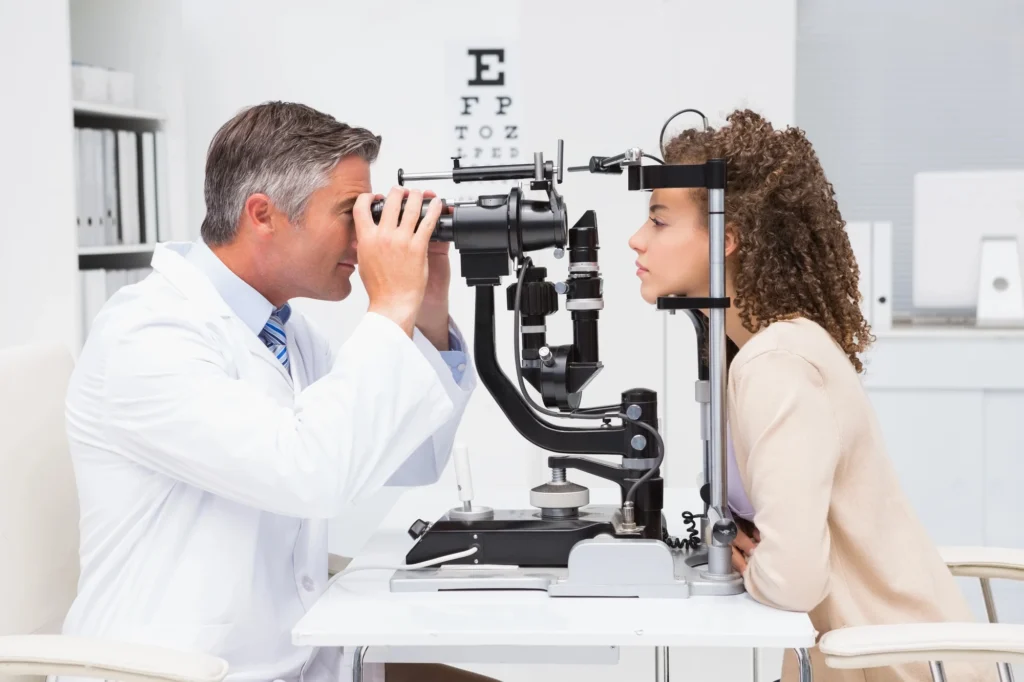When it comes to a child’s development, clear vision plays a bigger role than most parents realize. From learning in the classroom to building confidence on the playground, eyesight affects everything. But many common vision issues in children go unnoticed—especially in the early years when kids don’t yet know how to describe what’s wrong.
In Twin Falls, where school and sports are a big part of daily life, undetected vision problems can lead to unnecessary struggles with reading, focus, and even behavior. That’s why early awareness and regular eye exams are so important.
At Eye Pros in Twin Falls, we specialize in identifying vision issues early—before they begin to interfere with a child’s learning and development. In this guide, we’ll walk you through the most common pediatric eye problems, the warning signs to watch for, and how to make sure your child sees the world clearly from the start.
Why Vision Health is Essential for Kids
Children learn through their eyes long before they can read or write. In fact, experts estimate that up to 80% of a child’s learning is visual—making healthy eyesight one of the most critical pieces of early development. From recognizing letters on a board to catching a ball at recess, clear vision supports everything from academic success to social confidence.
When common vision issues go undetected, kids may struggle to keep up in school, avoid reading altogether, or act out from frustration. In some cases, vision problems are even misdiagnosed as learning disabilities or attention disorders, when the root cause is actually visual.
The good news? Most childhood vision issues can be treated effectively—especially when caught early. Regular eye exams ensure your child has the visual tools they need to succeed and thrive.
At Eye Pros in Twin Falls, we take a proactive approach to pediatric eye care, helping families spot potential problems before they interfere with learning or everyday life. Because every child deserves the chance to see clearly—and confidently.
Common Vision Issues in Children
Many children in Twin Falls experience vision challenges that aren’t always easy to spot—especially at a young age. Kids often assume their vision is normal, even when they’re struggling to see clearly. That’s why understanding the most common vision issues in children is key to catching them early.
Here are the top conditions parents should know about:
- Myopia (Nearsightedness): Your child can see things up close but struggles with objects far away, like classroom boards or street signs.
- Hyperopia (Farsightedness): Distant objects are clear, but close-up tasks like reading or drawing may cause eye strain or blurry vision.
- Astigmatism: Caused by an irregularly shaped cornea, this can lead to blurry or distorted vision at all distances.
- Amblyopia (Lazy Eye): One eye has weaker vision than the other, often developing in early childhood. If left untreated, it can lead to long-term vision loss.
- Strabismus (Crossed Eyes): The eyes are misaligned and may turn inward, outward, or upward, affecting depth perception and coordination.
- Convergence Insufficiency: A problem with the way the eyes work together when focusing on near objects, leading to double vision or reading difficulties.
Each of these conditions can interfere with your child’s ability to learn, play, and interact confidently. That’s why regular checkups with an experienced eye doctor—like those at Eye Pros in Twin Falls—are essential to keeping young eyes healthy and strong.
Warning Signs Parents Shouldn’t Ignore
Since kids often don’t realize their vision is off, the clues usually show up in their behavior—not their words. That’s why it’s important for parents to stay alert for early indicators of common vision issues, especially during the preschool and elementary years.
Watch for these telltale signs that your child may be struggling to see clearly:
- Frequent squinting or tilting the head
- Holding books or tablets too close to the face
- Sitting too close to the TV or classroom board
- Rubbing eyes often, especially after reading or screen time
- Complaining of headaches or tired eyes
- Avoiding reading, puzzles, or other close-up tasks
- Trouble concentrating in school or following instructions
- Covering one eye while focusing
While these behaviors might seem subtle—or even normal—repeating patterns can indicate an underlying vision problem. The earlier you act, the easier it is to correct the issue and help your child thrive both in and out of the classroom.
If you’re noticing any of these signs, it’s time to schedule a pediatric eye exam at Eye Pros in Twin Falls. Our team specializes in catching and treating vision problems before they become long-term obstacles.
Why Early Eye Exams Matter
Many parents assume school vision screenings are enough—but these quick checks often miss the subtle common vision issues that can impact a child’s learning and development. While screenings may detect nearsightedness, they don’t assess eye coordination, depth perception, or focusing ability—all of which are essential for reading, writing, and classroom performance.
That’s why a comprehensive eye exam with a qualified eye doctor is so important, especially before your child starts school. Early exams can catch problems that may not cause obvious symptoms yet but can still affect how your child sees the world.
The American Optometric Association recommends that children have:
- Their first eye exam at 6 to 12 months old
- Another exam at age 3
- A full eye exam before starting kindergarten
- Annual checkups during school years, especially if they already wear glasses or show symptoms
At Eye Pros in Twin Falls, we tailor pediatric eye exams to be age-appropriate, comfortable, and thorough. Catching issues early means we can correct them with glasses, therapy, or other treatments—often preventing long-term challenges in school and daily life.
Protecting your child’s vision doesn’t just improve how they see—it can transform how they learn, behave, and feel about themselves.
What to Expect During a Pediatric Eye Exam
If you’ve never taken your child to the eye doctor, the idea of an eye exam might seem a little intimidating—for both of you. But at Eye Pros in Twin Falls, we make the process as simple and stress-free as possible. Our team uses age-appropriate tools and a kid-friendly approach to ensure your child feels safe, comfortable, and even curious during their visit.
Here’s what typically happens during a pediatric eye exam:
- Vision testing: Depending on your child’s age, we’ll use shapes, pictures, or letters to check how well they see both near and far.
- Eye movement and coordination checks: We evaluate how the eyes track and work together—important for reading, writing, and balance.
- Depth perception and focusing ability: These tests help spot issues that aren’t always obvious but can affect classroom performance.
- Eye health exam: Using gentle, non-invasive equipment, we’ll examine the inside and outside of the eyes to ensure everything is healthy.
- Prescription check: If needed, we’ll determine whether glasses could help—and explain your child’s prescription in clear, simple terms.
The entire process usually takes about 30 to 45 minutes, and you’ll leave with a full understanding of your child’s eye health and next steps, if any. Whether we’re confirming that everything looks great or catching a potential issue early, our goal is to give your child the best possible start when it comes to their vision.
FAQs About Kids’ Vision Health
What is the most common vision problem in children?
Myopia, or nearsightedness, is the most common vision problem in kids. It causes distant objects to appear blurry while close-up tasks like reading stay clear. Cases of myopia have been rising in recent years, especially with increased screen time and limited outdoor activity. Fortunately, it’s easy to diagnose and manage with regular eye exams.
How do I know if my child has a vision problem?
Since children often assume their vision is normal, the signs can be subtle. Watch for frequent squinting, eye rubbing, sitting too close to screens, or complaints about headaches. Struggles in school, poor focus, or avoiding reading can also point to common vision issues. If you notice any of these, a full eye exam is the best next step.
When should my child have their first eye exam?
The American Optometric Association recommends a child’s first eye exam between 6 and 12 months of age, then again at age 3, and once more before starting school. Early exams help catch problems before they impact learning or development.
Are school screenings enough?
No, school screenings only check for basic distance vision. They don’t test for eye coordination, depth perception, or other common issues like astigmatism or lazy eye. A comprehensive eye exam by an eye doctor is much more thorough and reliable.
Can vision issues be misdiagnosed as learning problems?
Yes, it happens more often than parents realize. Children with untreated vision problems may avoid reading, struggle to focus, or show frustration in class—symptoms often mistaken for ADHD or other learning difficulties. An eye exam can rule out visual causes and ensure your child gets the right support.
How often should my child’s eyes be checked?
After the preschool years, most children should have an annual eye exam—especially if they wear glasses or have a known vision condition. Routine checkups help catch any changes early and keep your child’s eyesight on track for school and life.
Support Your Child’s Sight From the Start
Your child’s vision shapes how they learn, grow, and engage with the world. By understanding the most common vision issues in children—and knowing how to spot them early—you’re already taking an important step toward protecting their future.
At Eye Pros in Twin Falls, we’re committed to helping families build strong vision foundations from the very beginning. Whether it’s your child’s first eye exam or a routine checkup, our compassionate team makes the process easy, educational, and effective.
Don’t wait for school struggles or symptoms to appear. Schedule your child’s eye exam at The Eye Pros in Twin Falls today—and give them the clarity they need to succeed with confidence.





